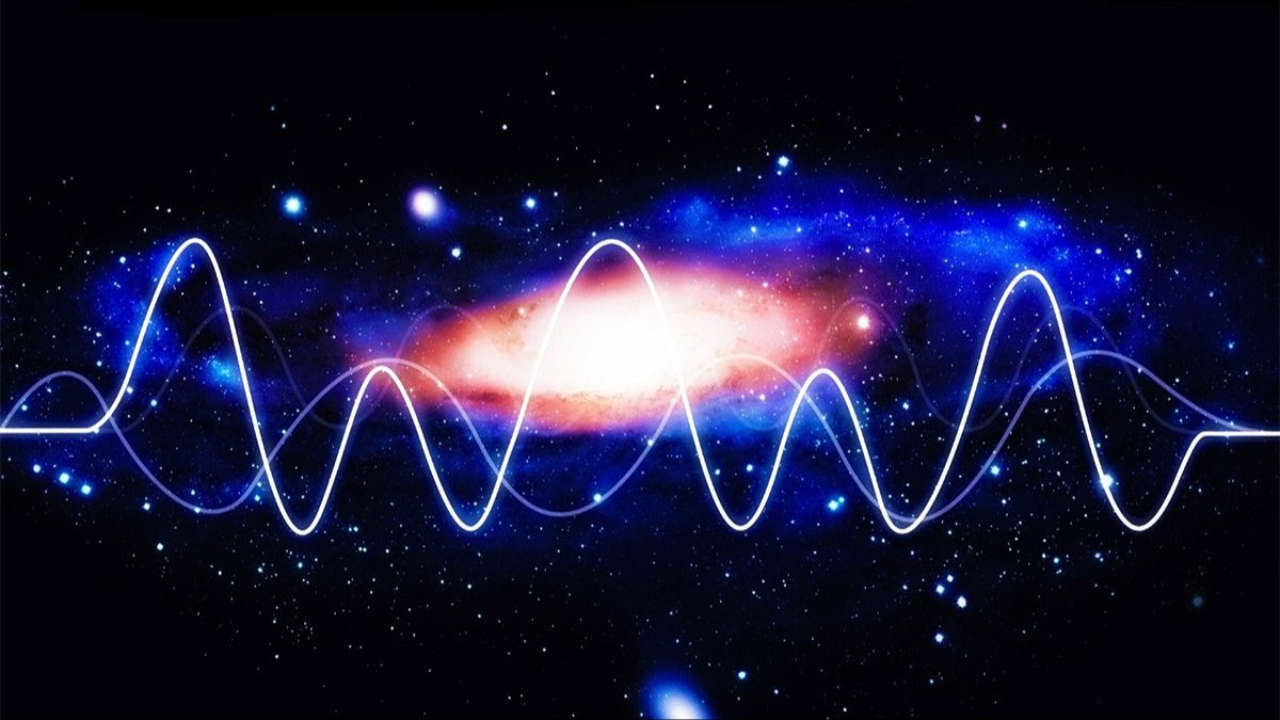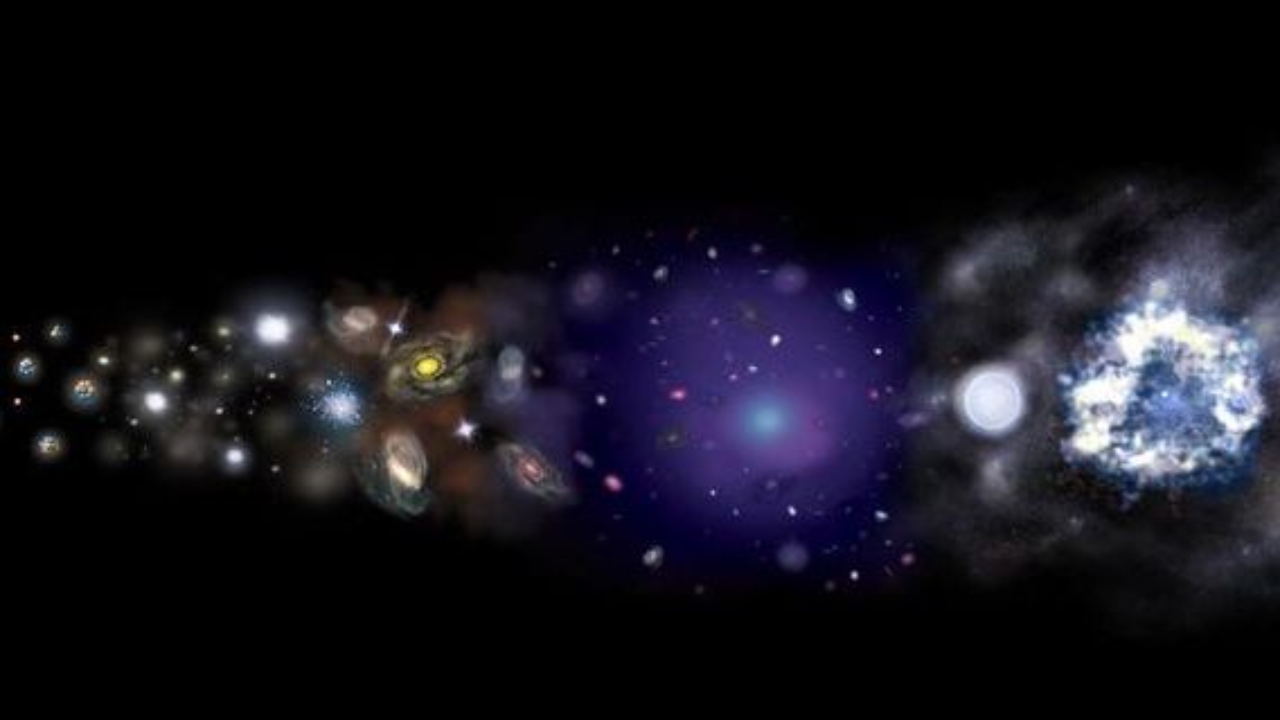Science News
& Faculty Articles
Faster-Than-Ever Quantum Entanglement Generation!

By Amal Pushp, Affiliate Physicist at the Resonance Science Foundation
Quantum entanglement is one of the most thought-provoking and counterintuitive ideas of modern physics. Two particles that are spatially well-separated in the spacetime network display a correlation among their properties and an act of measurement on one of the pairs can affect the other particle instantaneously despite the lack of a communication channel, which is remarkable and bizarre at the same time. Albert Einstein being a skeptic of the idea, referred to entanglement as “Spooky Action at a Distance” even though it was his work that led up to its realization [1].
Although there is a sense of mystery associated with the phenomenon, it has led to the development of numerous technologies that govern our modern world. For instance, it has led to the creation of quantum bits, or qubits, that are essential for quantum computing. Furthermore, there has been a lot of advancement in large-scale quantum...
El Gordo: The Galaxy Cluster that Defies Standard Cosmology

Image credit: ESA/Hubble & NASA, RELICS
By Amal Pushp, Affiliate Physicist at the Resonance Science Foundation
A galaxy cluster is a gravitationally bound system consisting of hundreds or even thousands of galaxies along with plasma and dark mass. Galaxy clusters serve as a crucial component when it comes to understanding the structure and evolution of our universe. Some of the notable clusters in the adjacent universe include the Virgo cluster, the Hercules cluster, and the Coma cluster. A commonality between all the known galaxy clusters is the fact that they are all governed by the laws of standard cosmology otherwise dubbed as the Lambda-cold dark matter model (ΛCDM).
A recent study published in the Astrophysical Journal suggests a departure from the standard cosmological model [1]. One of the key facets of the ΛCDM model tells us that before becoming phenomenal galaxy clusters, there is primarily the formation of individual galaxies. In other words, when we...
In Search of the Fifth Fundamental Interaction

Image Credit: ISTOCK
By Amal Pushp, Affiliate Physicist at the Resonance Science Foundation
Majority of the phenomena occurring in nature could be explained based on just four fundamental forces. In increasing order of their strength, these forces are gravitational force, weak nuclear force, electromagnetic force, and strong nuclear force. Although these fundamental interactions explain most of the physical events in our universe, there are some phenomena which could not be explained based on these known forces thus leading physicists to ponder whether there could be additional forces at play.
Some of the main reasons why the search for the fifth fundamental force has been propelled lately are dark mass and the agent causing the accelerated expansion of the universe, namely dark energy. Quintessence, a form of dark energy, has been speculated to be a candidate for the fifth force [1, 2]. Another fifth force probe that became famous during the 80s resulted from a reanalysis of the...
Retrocausality and Quantum Mechanics

The exact empirical evidence for retrocausality does not exist yet, but the existing empirical data as those from Bell tests may be interpreted in a way to support the retrocausal framework.
By Amal Pushp, Affiliate Physicist at the Resonance Science Foundation
Have you ever thought that future states could affect the events that have occurred in the past? Although this idea sounds quite bizarre, it is indeed possible according to a quantum mechanical effect called retrocausality. According to the concept, causality and time do not work in the conventional sense and remarkably, an effect can predate its cause, thus reversing the directionality of time as well.
Usually, in the classical world, this is not what we actually experience. For every cause, there is a corresponding effect, but they work sequentially rather than in the reverse way. Conventional thought process suggests that once a particular event has occurred, there’s almost...
Non-Abelian Anyons: Pioneering the Future of Quantum Computers

Image Credit: Shutterstock
By Amal Pushp, Affiliate Physicist at the Resonance Science Foundation
Fault tolerance is the ability of a system to continue operating during the advent of errors that lead to a fault in one or more components of the system. In a previous RSF article, I discussed quantum cat states and how they help in the realization of fault-tolerant quantum computers. In this article, we will look at another aspect that helps achieve somewhat a similar goal, i.e., making a quantum system less prone to errors. We’ll be talking about non-Abelian anyons or simply non-abelions that essentially advance this idea.
Anyons are generally defined as quasiparticles existing in 2D systems, with properties distinct from both fermions and bosons, the two statistical classes of particles we know of based on quantum mechanics. They were first proposed and named by Nobel laureate Franck Wilczek who seemed to be unconvinced with the notion that there...
Parity Symmetry, Broken Symmetries and their Physical Significance

Image credit: Shutterstock
By Amal Pushp, Affiliate Physicist at the Resonance Science Foundation
The mathematical property named “symmetry” manifests itself essentially at all scales in nature. From the petals of flowers down to the domain of atoms and molecules, symmetry plays a crucial role in shaping the structure of matter and unveiling the nature of physical reality. The definition of symmetry can change depending on the situation for example, the geometry of an object and its invariance under certain rotations or reflections might give a general mathematical idea of its symmetry but in physics, symmetry specifically concerns a change in a particular physical process or interaction. A physical process is said to be symmetric with respect to a change if it remains invariant despite the induced change.
There exist several types of symmetry in nature, and when it comes to particle physics, we are primarily...
Physicists Link a New Quantum Property with the Emergence of Spacetime

By Amal Pushp, Affiliate Physicist at the Resonance Science Foundation
The origin of spacetime is one of the most intriguing questions of the fundamentals of physics. This is one of the many questions that has essentially troubled scientists for centuries. Modern-day theorists have come up with several frameworks that have tried to approximate the main conditions that led to the emergence of spacetime. Some of these theories are emergent gravity, causal set theory, information theory, and multiple models within the enterprise of quantum gravity.
Physicists have been pondering for long that space and time are essentially derived properties from something more concrete, however, it is still not very clear as to what that more fundamental thing might be. There are several pieces of evidence in the scientific literature that apparently hint towards the non-fundamentality of spacetime. Essentially with the gauge-gravity duality proposal, theories of spacetime emergence...
The Role of Fundamental Constants, Fine Tuning and the Anthropic Principle in the Evolution of Our Universe

Credit: NASA / CXC / M.Weiss
By Amal Pushp, Affiliate Physicist at the Resonance Science Foundation
Since the epochal event of the big bang, several physical parameters have been responsible for the evolution of the universe and for keeping it sustainable for various life forms as we know it. In this article we will discuss three such parameters or principles starting with the fundamental or coupling constants. A fundamental constant is an important part of any physical law. Some of the famous fundamental constants of interest to physicists include but are not restricted to the speed of light, the gravitational constant, Planck’s constant, the fine-structure constant, and many more. For more information, look at the table below that gives a non-exhaustive list of fundamental constants.
Another topic of relevance and our second principle in the title is the concept of fine-tuning according to which even a slight deviation between the values of physical observables...
Vindicating the von Neumann Interpretation of Quantum Mechanics by Unveiling a Logical Inconsistency of the Dead-Alive Physicist “Gedanken” Experiment

By Amal Pushp, Affiliate Physicist at the Resonance Science Foundation
The foundations of quantum mechanics is a sub-discipline of quantum physics that essentially deals with questions concerning the nature of the wave function, whether the wave function represents an ontic or an epistemic state, the measurement problem and wavefunction collapse process, etc. One would come across several interpretations that have been proposed to address these problems, however, there’s a lack of substantial consensus among the physics community even after decades of work.
Physicists and philosophers of physics continue to create novel models to explain quantum phenomena and bring about an interpretation that they believe to explain the internal dynamics of such phenomena. Recently, two physicists Carlo Roselli and Bruno Raffaele Stella proposed a thought experiment namely the Dead-Alive Physicist (DAP) and claimed that it falsifies the von Neumann...
On the Magnetic Moment of Electron and its Significance for the Standard Model

Credit: IOP Publishing
By Amal Pushp, Affiliate Physicist at the Resonance Science Foundation
The magnetic moment of an electron is essentially an inherent property that emerges from the particle’s charge and spin. Physicists know that elementary particles like electrons display two kinds of angular momentum: orbital and spin which collectively is known as the spin-orbit coupling. This collective dynamical behavior further gives rise to the magnetic dipole moment or simply the magnetic moment. In fact, the magnetic dipole moment can also appear separately as spin and orbital magnetic dipole moment.
In general, the magnetic moment can be described as a representation of the strength of any magnetic source. Consider a classical representation of an electron. Due to the charge distribution of the electron, which is essentially rotating, there is a creation of a magnetic dipole or in other words, the electron behaves as a microscopic bar magnet which...



